Japan's road to war in China in the 1930s-1940s is well known, as are the legacies of that conflict in the diplomatic disputes, territorial rows, and educational policy battles between Japan and China since the 1980s. Less understood is the nature of Japan-China relations in the intervening decades. How did a popular Japanese perception of China that facilitated imperial aggression become one that embraced restoring friendly diplomatic ties and cultivating mutually beneficial economic and cultural interactions? Exploring everyday Japanese impressions of the People's Republic of China from the end of the U.S. Occupation in 1952 to normalization of Japan-China relations in 1972, this book analyzes representations of the PRC in Japanese print media and visual culture in connection with four topics: the 1954 visit to Japan by Minister of Health Li Dequan, China's atomic weapons testing in 1964-1967, the Red Guard movement of the early Cultural Revolution years, and the culture of continental "rediscovery" in 1971-1972. Japanese views of China under Mao were infused with elements of thematic and conceptual continuity linking the prewar, wartime, and postwar eras. In sketching out a portrait of these elements, Erik Esselstrom explains how the reconstruction of Japan's relationship with China included more than just the trials and tribulations of Cold War diplomacy. In so doing, he reintegrates postwar Japan-China relations within the longer history of East Asian cultural interaction and engagement.

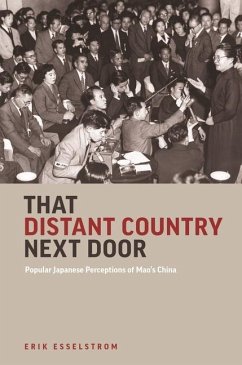
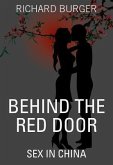
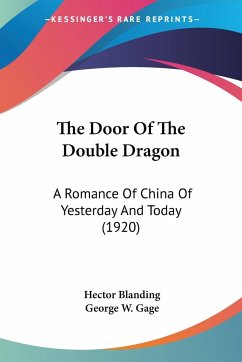
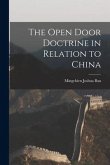

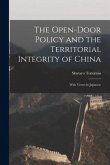

![To the President of the United States [microform]: We, the Citizens of Richmond, Manchester and Their Vicinities, and Many Other Persons From Distant To the President of the United States [microform]: We, the Citizens of Richmond, Manchester and Their Vicinities, and Many Other Persons From Distant](https://bilder.buecher.de/produkte/66/66147/66147650m.jpg)